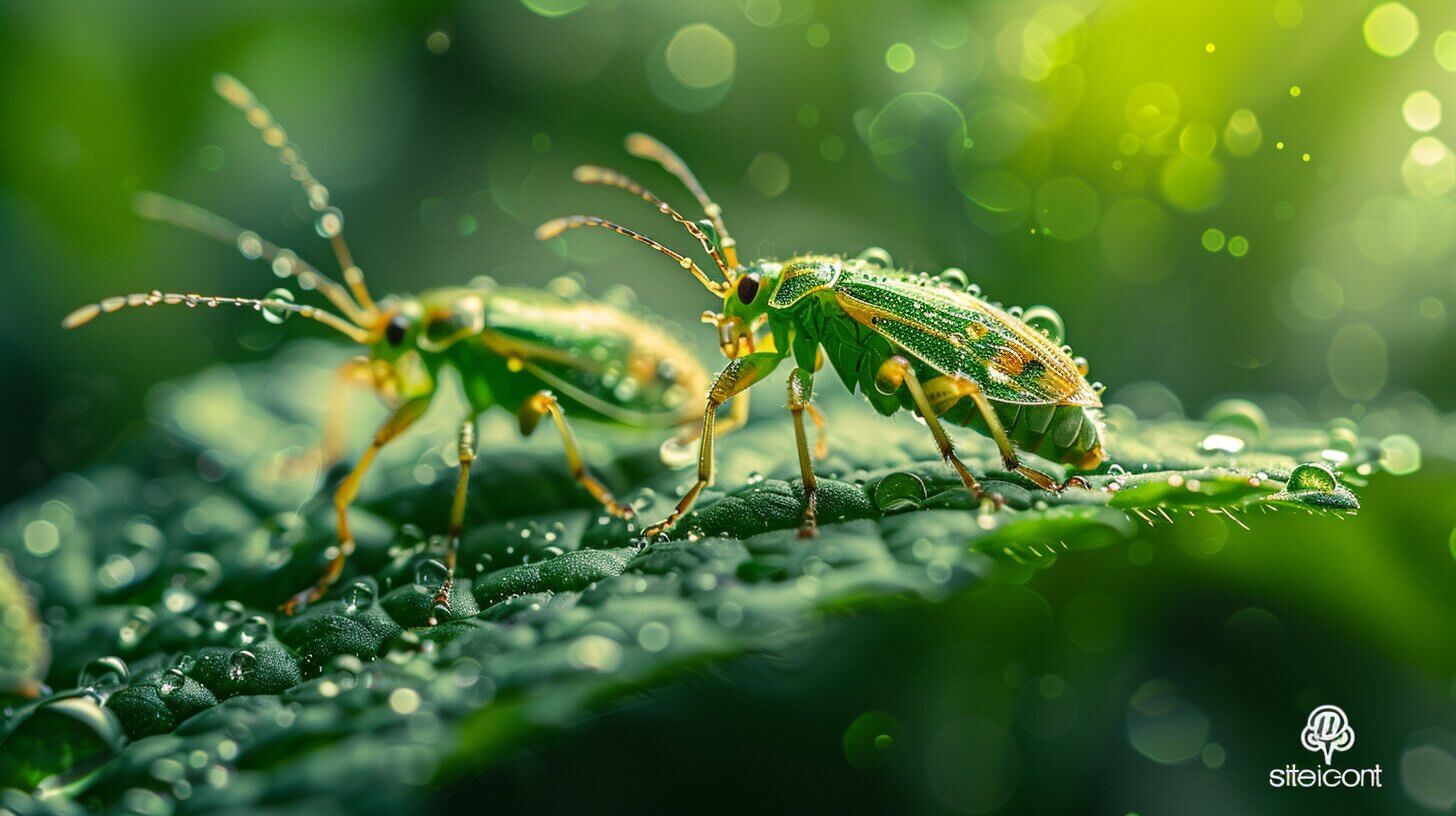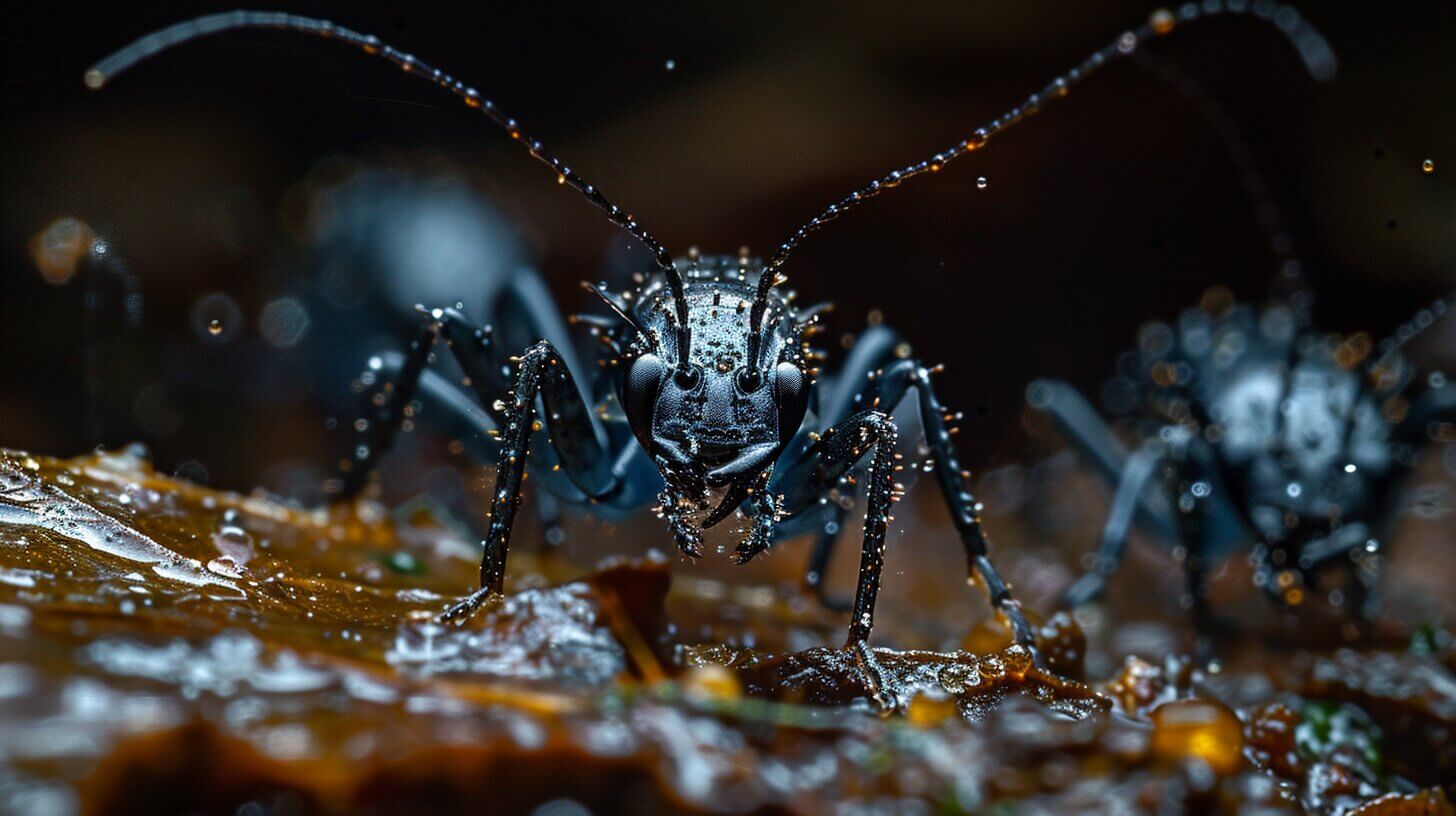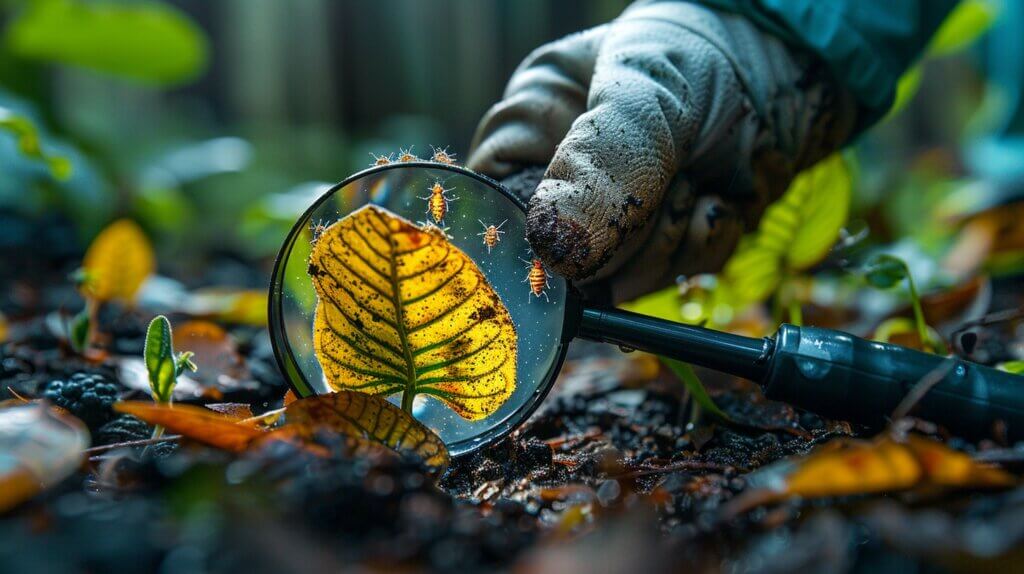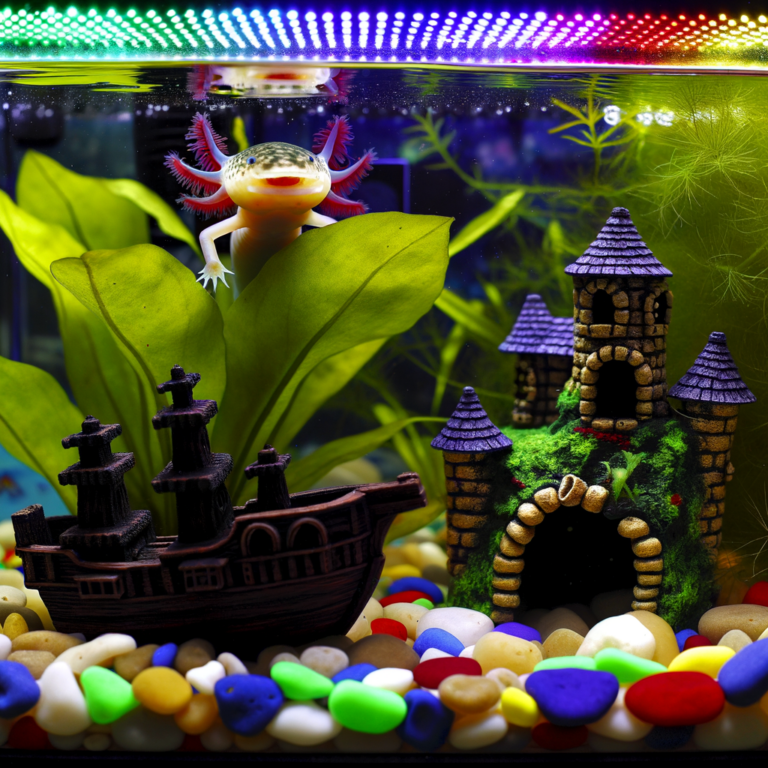Let’s talk about tiny bugs that jump, like springtails and fleas, which can be a real nuisance despite their small size. We often find these pests in damp environments, and their impressive jumping abilities make them tough to catch. Another jumping bug to watch out for is the giant bichirs in aquariums, which can be a challenge to keep contained. These fish are known for their leaping capabilities and can easily escape from open tanks. It’s important to secure the lid of the aquarium to prevent any unwanted surprises. Even though these tiny jumpers can be a hassle, there are ways to manage and minimize their impact on our environment.
Identifying the type of bug is essential for effective control, but we might wonder how to start. Should we reduce moisture levels first or seal entry points? And what about using insecticidal sprays—are they always necessary?
Join us as we explore practical tips and strategies to tackle these tiny jumpers effectively.
Key Takeaways
- Springtails are common tiny black bugs that jump and thrive in moist environments like bathrooms and kitchens.
- Reducing moisture levels and sealing cracks can help control springtail infestations.
- Beneficial insects and organic methods like diatomaceous earth can naturally deter springtails.
- Professional pest control services provide targeted treatments using specialized equipment and chemicals.
- Frequent vacuuming and maintaining a dry, clean environment can prevent jumping bug infestations.
Understanding Tiny Bugs that Jump: An Overview

Three main types of tiny bugs can jump: springtails, fleas, and certain species of plant hoppers. Despite their size, these creatures possess unique characteristics and behaviors, the most distinctive being their ability to jump.
Specifically, springtails are intriguing creatures. These small insects thrive in moist habitats like soil, leaf litter, and decaying wood. Their jumping mechanism, a specialized structure called a furcula, acts like a spring, launching them into the air. This impressive jumping ability makes them difficult to catch or control.
While most jumping bugs play an essential role in their environments, they can become a nuisance when they invade human spaces. The key to effective control is identifying the specific type of jumping bug you’re dealing with.
Springtails: The Most Common Tiny Black Bugs that Jump

Springtails are the most common tiny black insects you’ll find in your home or lawn. These tiny creatures, usually less than 1/16th of an inch long, have a remarkable ability to jump several inches into the air, thanks to their furcula.
Springtails are easily identifiable. They often appear in large numbers and are attracted to moisture-rich environments like bathrooms, kitchens, and basements. Their presence indicates high humidity levels, which is vital for maintaining comfortable, mold-free spaces.
Controlling a springtail infestation requires a multi-faceted approach: reducing moisture levels, sealing cracks and crevices, and using insecticidal sprays labeled for springtails. By understanding their habits and taking proactive steps, you can effectively manage these jumpy intruders.
How Jumping Bugs Migrate and Attract to Your Home

Jumping bugs, like springtails, find their way into our homes by exploiting tiny cracks and crevices while being drawn in by high humidity and moisture levels. These bugs are expert navigators, seamlessly moving from one place to another. Their migration patterns are influenced by several factors, making our homes an ideal target.
- Moisture: High humidity and damp areas are what attract these bugs the most. Leaky pipes, wet basements, and overwatered plants are their favorite spots.
- Food Sources: Organic matter, mold, and decaying plants provide a plentiful food supply, encouraging them to settle and reproduce.
- Entry Points: Gaps around windows, doors, and foundations offer easy access for these tiny invaders.
Understanding how jumping bugs navigate and what attracts them can help us prevent them from entering our living spaces. By being proactive and mindful of these elements, we can ensure our homes remain free from these tiny, jumping intruders.
Pest Control: How to Get Rid of Tiny Jumping Bugs

Combating these tiny jumping bugs requires both professional pest control options and practical home remedies. Professional pest control services can identify the specific type of insect causing the problem and apply targeted treatments.
However, you can also take matters into your own hands by reducing moisture, fixing leaky pipes, improving ventilation, and using dehumidifiers. Vacuuming frequently and sealing cracks in walls or floors can also help prevent these insects from infiltrating your home. By combining both professional and DIY methods, you can effectively control and eliminate tiny jumping bug infestations.
Natural Methods to Prevent Springtail Infestations

Natural methods can also effectively prevent springtail infestations. These include using natural predators in our lawns, organic pest control methods like diatomaceous earth, and cultivating a garden that’s unattractive to springtails. By fostering an environment that attracts beneficial insects like ground beetles and centipedes, we create a balanced ecosystem where pests are naturally controlled.
Conclusion
To sum up, we’ve explored the various types of tiny bugs that jump, like springtails and fleas, and how they can invade our homes. By understanding their habits and preferred environments, we can effectively reduce moisture levels, seal entry points, and apply insecticidal sprays.
Proactive pest control measures and natural prevention methods are essential in managing these pesky intruders. Let’s stay vigilant and keep our homes free from these tiny, jumping pests.
Frequently Asked Questions
What are springtails and why are they called “tiny bugs that jump”?
Springtails are minuscule insects commonly found in damp and humid conditions. They are known as “tiny bugs that jump” because they have a unique appendage on their abdomen that allows them to propel themselves into the air when disturbed.
How can I identify springtails in my lawn or yard?
Springtails are often found in areas with mulch, around the perimeter of a building, or near water sources like sinks, bathtubs, or leaky pipes. They look like tiny specks moving around rapidly, especially when disturbed.
Are springtails harmful to humans or pets?
Springtails are not harmful to humans or pets. They do not bite, sting, or transmit diseases. However, a large population of springtails in your yard or home can be an indicator of excess moisture or other underlying issues.
How can I control a springtail infestation in my home or yard?
To control a springtail infestation, you can start by eliminating excess moisture sources, fixing leaks, improving drainage, and reducing humidity levels. You may also use insecticides labeled for springtail control, or seek help from a professional exterminator if the infestation is severe.
How do springtails reproduce and multiply?
Springtails reproduce through a process called parthenogenesis, where females can produce offspring without mating. They lay eggs in moist environments, and under favorable conditions, they can multiply rapidly, increasing their population within a short period.







